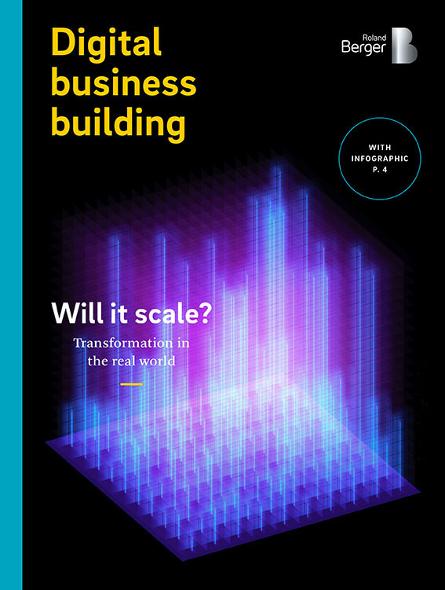" The rapid pace of this change requires the managers to adopt an agile approach that puts the digital business building at the center of their business planning. "



Digital technologies influence business models across multiple industries, creating new developments, blurring sectors and producing fluid digital ecosystems. The rapid pace of this change requires the managers to adopt an agile approach that puts the digital business building at the center of their business planning. This publication outlines the steps and drivers of digital business building — going beyond the theoretical approaches, it interviews “digital change” decision-makers, providing hands-on insights from digital practitioners.

The first step of the digital business building must include an honest assessment of the company’s current situation and capabilities. Are they willing to disrupt and potentially cannibalize their existing business? Do they have staying power to cope with long periods of little impact on revenue? Do they have entrepreneurial capabilities? How much risk are they willing to cope with? The second step must involve addressing technical issues — whether the company prefers passive investment to active business building, their clear strategic focus, or if it wants to rely on external support as opposed to building internal competencies. Finally, the company must transparently plan all the phases of a digital business building project, with an agile approach at its center.
Combining Roland Berger’s wealth of experience with insights of successful digital practitioners, we outline five key areas that significantly impact digital business building:
Building on the key areas above, there are several drivers to the success of digital business building process:
Sign up now to receive regular insights on digital transformation and value creation via e-mail.